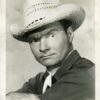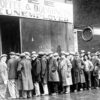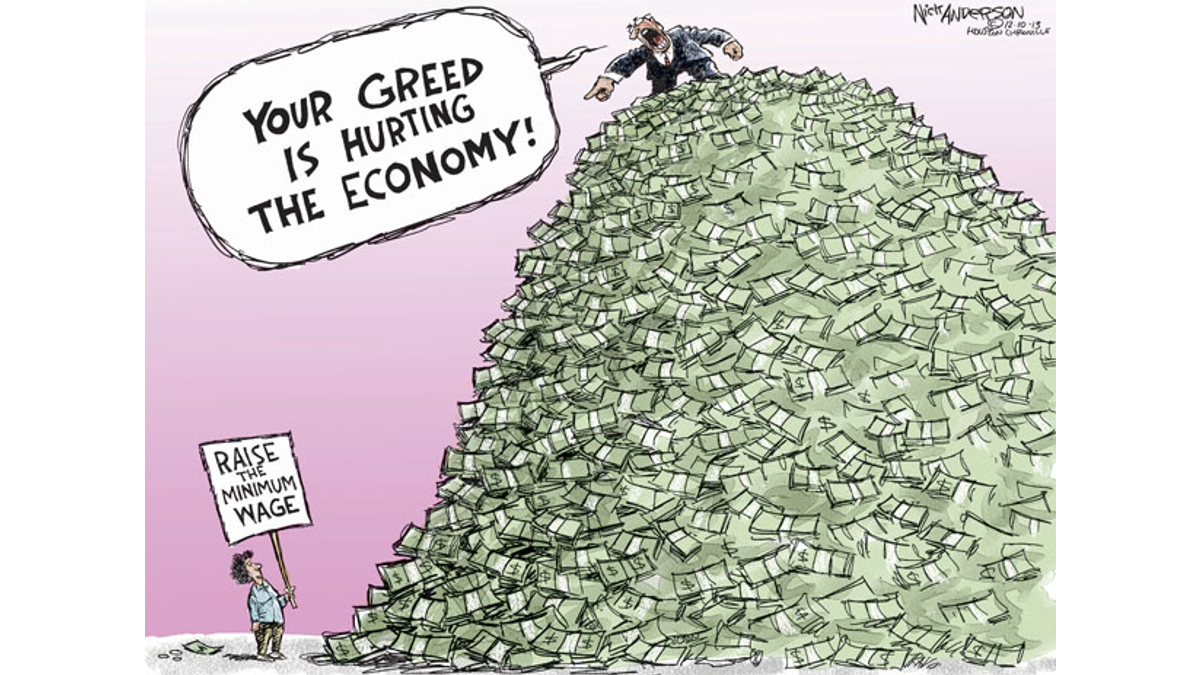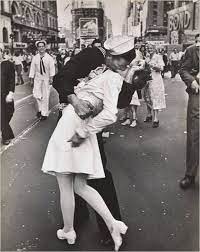Pearl Harbor Address FDR December 7 1941 Infamy Speech
![]()
Franklin D. Roosevelt
From Wikipedia, the free encyclopedia
Jump to navigationJump to search
“FDR” redirects here. For other uses, see FDR (disambiguation) and Franklin D. Roosevelt (disambiguation).
| Franklin D. Roosevelt | |
|---|---|
| Roosevelt’s official campaign portrait, 1944 | |
| 32nd President of the United States | |
| In office March 4, 1933 – April 12, 1945 | |
| Vice President | John Nance Garner (1933–1941)Henry A. Wallace (1941–1945)Harry S. Truman (January–April 1945) |
| Preceded by | Herbert Hoover |
| Succeeded by | Harry S. Truman |
| 44th Governor of New York | |
| In office January 1, 1929 – January 1, 1933 | |
| Lieutenant | Herbert H. Lehman |
| Preceded by | Al Smith |
| Succeeded by | Herbert H. Lehman |
| Assistant Secretary of the Navy | |
| In office March 17, 1913 – August 26, 1920 | |
| President | Woodrow Wilson |
| Preceded by | Beekman Winthrop |
| Succeeded by | Gordon Woodbury |
| Member of the New York State Senate from the 26th district | |
| In office January 1, 1911 – March 17, 1913 | |
| Preceded by | John F. Schlosser |
| Succeeded by | James E. Towner |
| Personal details | |
| Born | Franklin Delano Roosevelt January 30, 1882 Hyde Park, New York, U.S. |
| Died | April 12, 1945 (aged 63) Warm Springs, Georgia, U.S. |
| Resting place | Springwood Estate |
| Political party | Democratic |
| Spouse | Eleanor Roosevelt (m.1905) |
| Children | 6, including Franklin Jr., Anna, Elliott, James II, John II |
| Parent(s) | James Roosevelt I Sara Delano |
| Relatives | Roosevelt familyDelano family |
| Education | Groton School |
| Alma mater | Harvard University (AB) Columbia University |
| Occupation | Politicianlawyer |
| Signature | |
Franklin Delano Roosevelt (/ˈdɛlənoʊ/;[1][2] /ˈroʊzəˌvɛlt, -vəlt/[3][4] ROH-zə-velt, -vəlt; January 30, 1882 – April 12, 1945), often referred to by his initials FDR, was an American politician and attorney who served as the 32nd president of the United States from 1933 until his death in 1945. As the leader of the Democratic Party, he won a record four presidential elections and became a central figure in world events during the first half of the 20th century. Roosevelt directed the federal government during most of the Great Depression, implementing his New Deal domestic agenda in response to the worst economic crisis in U.S. history. As a dominant leader of his party, he built the New Deal Coalition, which defined modern liberalism in the United States throughout the middle third of the 20th century. His third and fourth terms were dominated by World War II, which ended in victory shortly after he died in office.
Born into the prominent Roosevelt family in Hyde Park, New York, he graduated from both Groton School and Harvard College, and attended Columbia Law School, which he left after passing the bar exam to practice law in New York City. In 1905, he married his fifth cousin once removed, Eleanor Roosevelt. They had six children, of whom five survived into adulthood. He won election to the New York State Senate in 1910, and then served as Assistant Secretary of the Navy under President Woodrow Wilson during World War I. Roosevelt was James M. Cox‘s running mate on the Democratic Party’s 1920 national ticket, but Cox was defeated by Republican Warren G. Harding. In 1921, Roosevelt contracted a paralytic illness, believed at the time to be polio, and his legs became permanently paralyzed. While attempting to recover from his condition, Roosevelt founded a polio rehabilitation center in Warm Springs, Georgia. Although unable to walk unaided, Roosevelt returned to public office after his election as governor of New York in 1928. He served as governor from 1929 to 1933, promoting programs to combat the economic crisis besetting the United States.
In the 1932 presidential election, Roosevelt defeated Republican incumbent Herbert Hoover and began his presidency in the midst of the Great Depression. During the first 100 days of the 73rd U.S. Congress, he spearheaded unprecedented federal legislative productivity. Roosevelt called for the creation of programs designed to produce relief, recovery, and reform. Within his first year, he began implementing these policies through a series of executive orders and federal legislation collectively called the New Deal. Many New Deal programs provided relief to the unemployed such as the National Recovery Administration. Several New Deal programs and federal laws such as the Agricultural Adjustment Act provided relief to farmers. Roosevelt also instituted major regulatory reforms related to finance, communications, and labor. In addition to the economy, Roosevelt sought to find a compromise on Prohibition with the urban and rural wings of the Democratic Party. After campaigning on a platform to repeal it, Roosevelt implemented the Beer Permit Act of 1933 and enforced the 21st amendment. Tax revenue collected from alcohol sales would go to public works as part of the New Deal. Roosevelt frequently used radio to speak directly to the American people, giving 30 “fireside chat” radio addresses during his presidency and became the first American president to be televised. The economy improved rapidly during Roosevelt’s first term and he won re-election in 1936, in one of the most lopsided victories in American history.
Despite the popularity of the New Deal among supporters of Roosevelt,[5] from 1936 onwards, New Deal legislation was frequently struck down by the US Supreme Court, which maintained a conservative bent. The dispute between Roosevelt and the Court resulted in Roosevelt lobbying for the Judicial Procedures Reform Bill of 1937 (or “court packing plan”), which would have expanded the size of the Supreme Court. The bill was blocked by the newly formed bipartisan Conservative Coalition, which also sought to prevent further New Deal legislation. During the recession of 1937–1938, Roosevelt launched a rhetorical campaign against big business and monopoly power in the United States. Other major 1930s legislation and agencies implemented under Roosevelt include the Securities and Exchange Commission, the National Labor Relations Act, the Federal Deposit Insurance Corporation, Social Security, and the Fair Labor Standards Act.
Roosevelt was re-elected in 1940 for his third term, making him the only U.S. president to serve for more than two terms. By 1939 another World War was on the horizon which prompted the United States to respond by passing a series of laws affirming neutrality and rejecting intervention. Despite this, President Roosevelt gave strong diplomatic and financial support to China, the United Kingdom, and eventually the Soviet Union. Following the Japanese attack on Pearl Harbor on December 7, 1941, an event he called “a date which will live in infamy“, Roosevelt obtained a congressional declaration of war against Japan. On December 11 Japan’s allies, Nazi Germany and Fascist Italy declared war on the United States. In response, the US formally joined the Allies and entered the European theater of war. Assisted by his top aide Harry Hopkins and with very strong national support, he worked closely with British Prime Minister Winston Churchill, Soviet General Secretary Joseph Stalin, and Chinese Generalissimo Chiang Kai-shek in leading the Allied Powers against the Axis Powers. Roosevelt supervised the mobilization of the U.S. economy to support the war effort and implemented a Europe first strategy, initiating the Lend-Lease program and making the defeat of Germany first a priority over that of Japan, as well as building the world’s first atomic bomb. Taking up the Wilsonian mantle, Roosevelt saw as his highest postwar priority the establishment of the United Nations, to replace the defunct League of Nations. Roosevelt expected it would be controlled by Washington, Moscow, London, and Beijing, and these Big Four would resolve all major world problems. It was under his wartime leadership that the United States became a superpower on the world stage.
Roosevelt won re-election in the 1944 presidential election on his post-war recovery platform. His physical health began declining during the later war years, and less than three months into his fourth term, Roosevelt died on April 12, 1945. Vice President Harry S. Truman assumed office as president and oversaw the acceptance of surrender by the Axis powers. Since his death, several of Roosevelt’s actions have come under substantial criticism, such as the relocation and internment of Japanese Americans in concentration camps. Nevertheless, he is consistently ranked by scholars, political scientists, and historians as one of the greatest presidents in American history.
Contents
- 1Early life and marriage
- 2Early political career (1910–1920)
- 3Paralytic illness and political comeback (1921–1928)
- 4Governor of New York (1929–1932

































![Lieutenant-Colonel Robert Rogers (7 November 1731 – 18 May 1795) was a British Army officer and frontiersman. Born in Methuen, Massachusetts, he fought in King George’s War, the French and Indian War and the American Revolutionary War. During the French and Indian War, Rogers raised and commanded Rogers’ Rangers, a ranger unit trained for carrying out asymmetric warfare.[2][3](https://www.cowboyron.com/wp-content/uploads/2022/05/1262463_580743685323360_2133853937_o1-1-150x150.jpg)
















![Billie Joe Armstrong & Norah Jones – Silver Haired Daddy Of Mine [Music Video]](https://www.cowboyron.com/wp-content/uploads/2022/11/Al_St._John1-100x100.jpg)



























